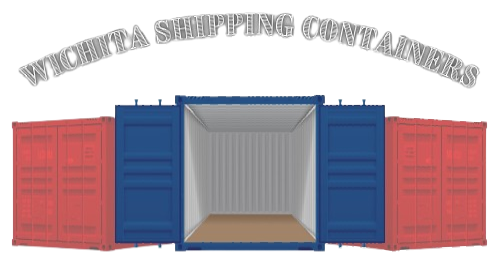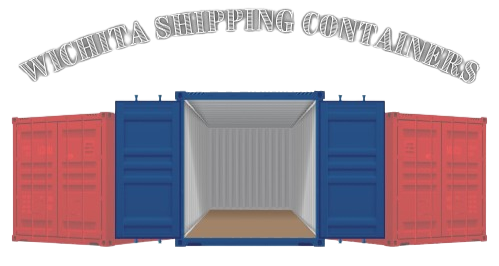Your Guide to Choosing the Right Shipping Container
Navigate the complexities of selecting the ideal shipping container for your project needs.
Introduction:
Choosing the right shipping container is the first critical step in ensuring the success of your project, whether it's for a simple storage solution, a sophisticated modular home, or a commercial structure. With various types and sizes available, making an informed decision can seem daunting. This guide provides a straightforward approach to understanding and selecting the perfect shipping container that meets your specific requirements.
Understanding Sizes and Types:
Shipping containers come in a range of sizes and types, each suited for different needs and applications. The most common sizes are:
- 20-foot containers: Ideal for small-scale storage or tiny homes, these containers provide approximately 160 square feet of space.
- 40-foot containers: Suitable for larger projects such as full-sized homes or extensive storage facilities, offering about 320 square feet.
- High cube containers: These are similar in footprint to standard containers but offer an additional foot in height, which is advantageous for adding insulation or installations without compromising interior space.
Additionally, specialty containers like refrigerated units or open-top containers are available for specific needs, such as transporting temperature-sensitive goods or materials that need to be loaded from above.
New vs. Used:
When selecting a shipping container, one of the first decisions you'll face is whether to purchase a new or used one. Each option has its pros and cons:
- New containers: Offer the advantage of being in pristine condition with potentially longer longevity. They are less likely to have structural issues but come at a higher price point.
- Used containers: More affordable and widely available, used containers can vary significantly in condition. It's crucial to conduct a thorough inspection to check for rust, dents, and structural integrity, especially if the container will be modified for housing or office use.
Conclusion:
Choosing the right shipping container doesn't have to be overwhelming. By understanding the different types and sizes available and weighing the benefits of new versus used options, you can make a decision that fits your project’s budget and goals. Remember to inspect used containers carefully and consider how modifications might affect the structure. With the right preparation, your shipping container can be adapted to a wide array of uses, providing a flexible, durable solution for your needs.


